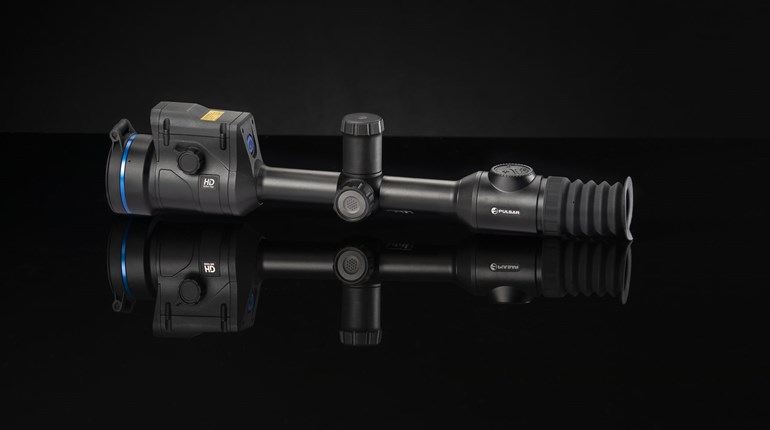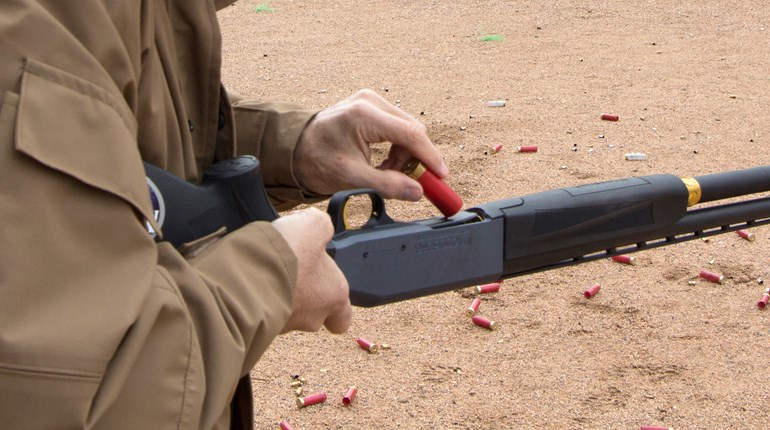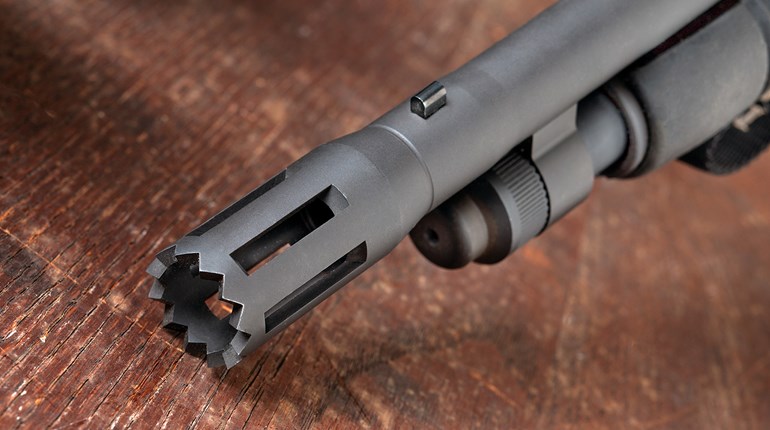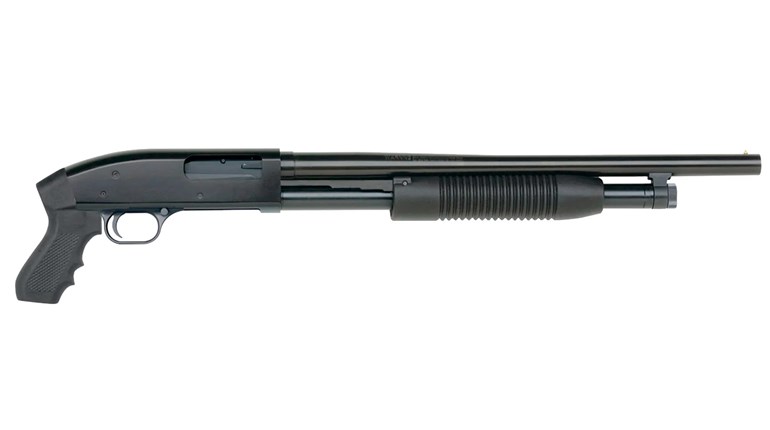
I believe a big reason why more people aren’t better shotgun shooters is because these guns kick hard, and therefore are not much fun to practice with. Consider that the average 12-gauge recoils roughly 10 times harder than a typical AR-15—which is no doubt one reason why ARs are so popular. If recoil becomes a detriment to practicing, know that some shotguns inherently transmit recoil less than others and that there are multiple things you can do to tame that mule. Here are some of my favorite recoil-reducing tips:
Learn proper form and technique. This means assuming a balanced, weight-forward stance, gripping the gun firmly into your shoulder and cheek, and leaning into the shotgun aggressively as you fire. It’s amazing to see a small-statured expert shooting a shotgun effortlessly when the same gun rocks a huge guy who has bad form.
Make sure your shotgun fits properly. While many people seem to think a longer stock would cause the gun to impart more recoil, the truth is stocks that are too short can cause recoil to feel even worse. Ideal is a shotgun that fits perfectly, so buy one that fits. If your new shotgun came with a shim kit and spacers to adjust drop-at-comb and length-of-pull, as many do nowadays, take the time to fit your new gun to yourself. It will result in less felt recoil. Notably, make sure the comb height is such that while looking naturally down the bore, your cheek is firmly planted on the stock and not floating over it. Four body parts—the shoulder, cheek and both hands—need to be in unwavering contact with the shotgun to fully minimize its felt recoil. If you use an optic, you’ll most likely need a high comb to assure a good cheek weld while looking through it.
Shoot a semi-automatic. With everything else being equal in terms of gun weight and the load fired, semi-automatics recoil less than pump-action and break-open guns. Continuing this, gas-operated-action semi-autos recoil less than recoil- or inertia-operated models. This is because some of the gas used to cycle the action cancels a portion of the recoil energy. It’s just physics.
Choose a traditional-style buttstock. The English knew what they were doing when they perfected shotgun-stock design ergonomic to the human body. If you wish to get pounded, on the other hand, go with any number of “tactical stocks” that are often straight, rigid and too short. They may look cool, but they hurt.
Buy a heavier gun. Gun weight is the most important element of the recoil equation. The heavier the gun, the less it recoils. Of course, you don’t want to lug around a 12-pound shotgun, but one weighing 6 pounds will be punishing. Therefore, something in the middle—about 8.5 pounds—is just about right. Also, keep in mind that if you buy a smaller gauge hoping for less recoil, make sure the gun isn’t ultra-light. While a typical 20-gauge’s lighter payload will recoil less than a heavier 12-gauge payload, this only applies if the guns are similar in weight. But, many 20 gauges are built for smaller shooters and therefore weigh less. Those lightweight guns can wind up kicking as much or more than an average-weight 12 gauge.
Add weight to your shotgun. Several companies make a “recoil reducer” that drops into the cavity in the gun’s buttstock. While some are simply heavy cylindrical pieces of steel and others contain liquids that are touted to “soak up” recoil-energy waves, any added weight to your gun—including accessories such as optics, flashlights, sidesaddles, slings, etc.—will work to reduce recoil.
Shoot lighter loads. Either choose a load with a lighter payload, or a payload that’s fired at a slower velocity, or both. This will result in less felt recoil to the shooter. Remember, if you plan on using these “light” or “reduced-recoil” loads for defense, make sure they function properly in your shotgun first.
Install a quality recoil pad. Think of it as a pillow for your shoulder. How do you tell if it is quality? Punch it. If it hurts your hand, it’s not quality. Similarly, consider taping or gluing a foam or gel pad to your shotgun’s comb if after every time you shoot you notice your cheek is sore.
Install a compensator. This extended choke tube with holes in the end of it works much like a muzzle brake on a rifle, although to a lesser degree. Expect to see about 10-percent reduction in felt recoil with an aggressive compensator.





































